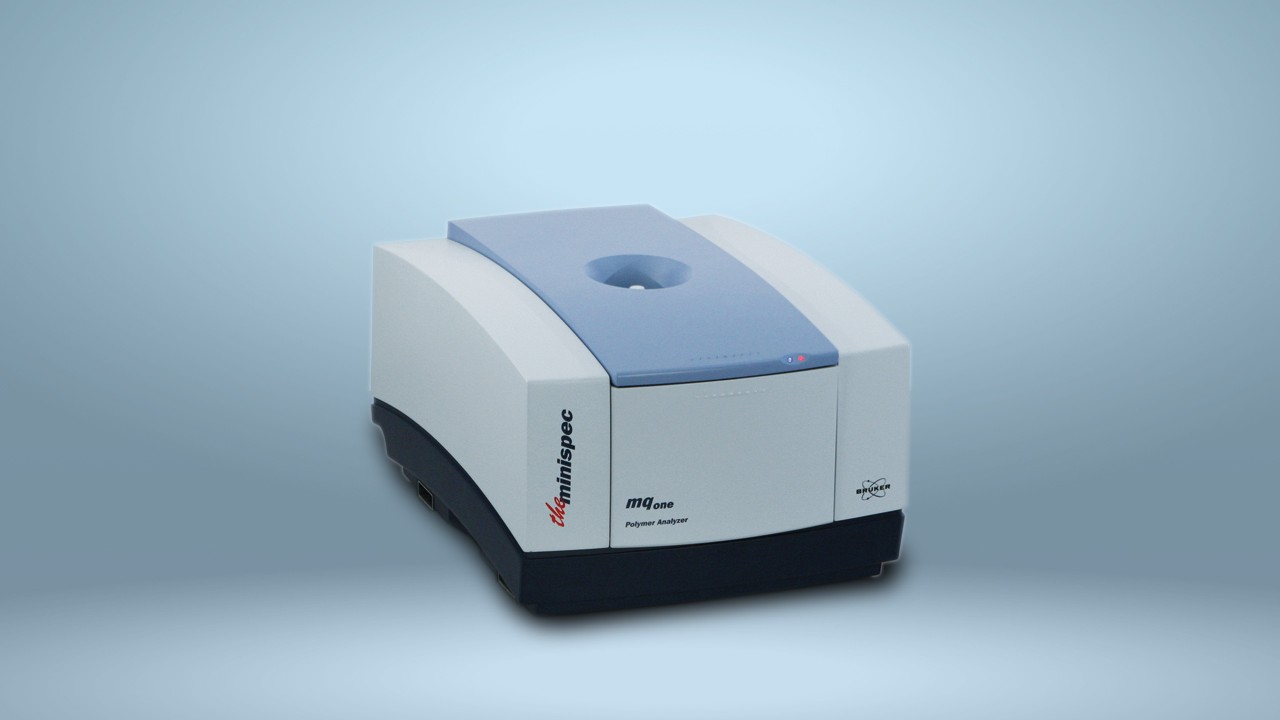

Characterization of Novel Synthetic Cannabinoid Reveals Unexpected Metabolism
“The present study gives a further example of a wrongly labeled synthetic cannabinoid sold online as a ‘research chemical’.”
Synthetic cannabinoids are man-made chemicals designed to have similar activity to cannabis when ingested. The majority of them mimic the active ingredient of cannabis—delta‑9‑tetrahydrocannabinol (THC). They are essentially designer drugs that target the younger party-going population. Readily available on the internet, they are marketed as legal and safe alternatives to cannabis. They can be described as legal since the small structural changes make them distinct chemicals that are not included on the list of prohibited substances. However, this also means that they do not usually undergo any quality control and are therefore not safe . The content within a packet may not be of the stated concentration or may be contaminated with other toxic compounds. Furthermore, there have been numerous cases of the content of a packet being something completely different from what is stated on the label. Synthetic cannabinoids thus carry a high risk of adverse effects, which are often severe and, in some cases, fatal. Despite such publicized risks, widespread usage of synthetic cannabinoids continues.
It is often necessary or desirable to know which drugs have been ingested by an individual, either for forensic purposes or to inform medical care. This is usually achieved through the analysis of biological samples, such as blood and urine. The effectiveness of these analyses is improved by prior knowledge of the metabolism and clearance pathways of the compounds to be detected. However, since new synthetic psychoactive substances are continually being introduced to the market, it is a great challenge for researchers to characterize each of them fully. Few studies have investigated the human pharmacokinetics of synthetic cannabinoids.
The majority of synthetic cannabinoids have an indole or indazole core structure, such as AB-PINACA, but recently additional derivatives have been discovered. For example, aminoalkylindazoles, such as 5F-ADB, and azaindoles, such as AB-FUBINACA. These are more difficult to identify since they have similar physicochemical properties and identical masses to the corresponding indazole analogs.
Recently, a compound being sold online as the ‘research chemical’ AB-FUB7AICA was shown to be the 7-azaindole analog of 5F-AB-PINACA, a synthetic cannabinoid. NMR spectra of the pure research chemical 5F-AB-P7AICA were obtained using a Bruker AVANCE III HD 500 spectrometer with a 5 mm CryoProbe. Metabolites in urine samples collected after oral self-administration of 2.5 mg 5F-AB-P7AICA were quantified by liquid chromatography−time-of-flight mass spectrometry using a Bruker Impact II™ qToF instrument coupled with a Bruker Elute HPLC system.
Although many metabolites were identified in the urine samples, they were present at concentrations much lower than that of the parent compound. This is in contrast with the findings for most other synthetic cannabinoids. Furthermore, 5F-AB-P7AICA was detected in urine samples for much longer than expected—up to 65 hours post-ingestion.
This latest research highlights the problem of the mislabelling of chemical products being sold online and provides novel insight into the metabolism of the newest addition to the synthetic cannabinoid market. Contrary to the accepted metabolism of synthetic cannabinoids, 5F-AB-P7AICA was largely excreted in the urine unchanged. Identification of the parent compound rather than its metabolites could increase the efficacy of routine urine drug screening.
Reference:
Giorgetti A, et al. Drug Test Anal. 2020;12:78–91. DOI: 10.1002/dta.2692


